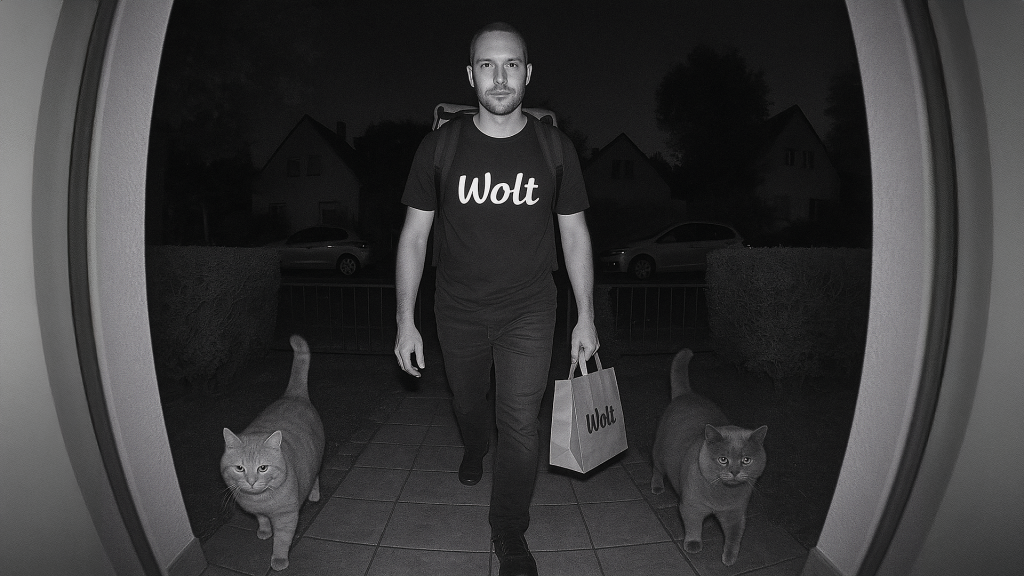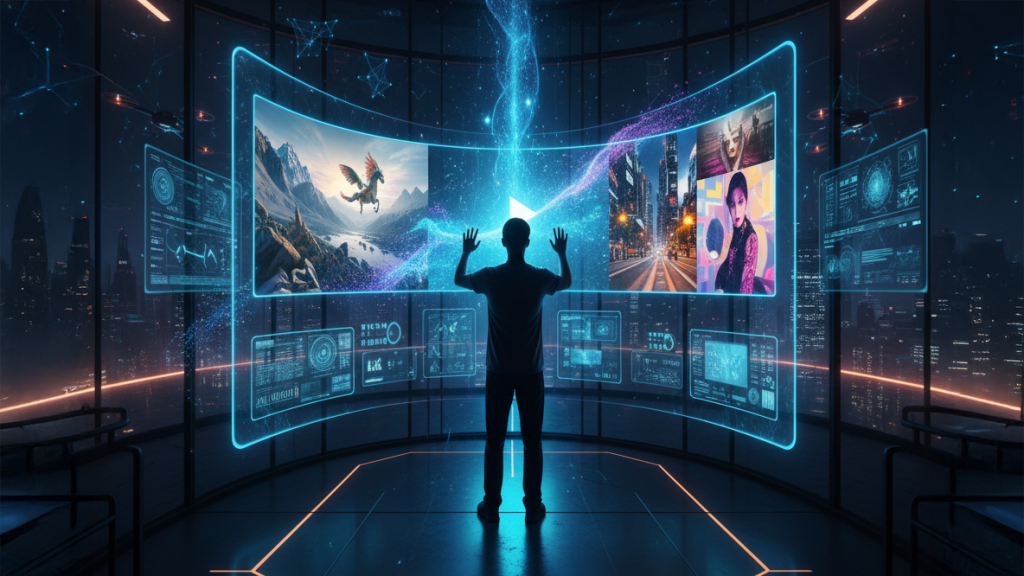
The world of video is undergoing a seismic shift. From blockbuster films to bite-sized social media clips, the painstaking process of bringing visual stories to life is being fundamentally reshaped by the power of artificial intelligence. AI video generation, once a concept confined to the realm of science fiction, is now a tangible and rapidly evolving technology poised to democratize content creation and unlock unprecedented creative possibilities.
At its core, AI video generation leverages complex algorithms and deep learning models to create or manipulate video content. This can range from generating entirely new video sequences from a simple text prompt to automating tedious editing tasks and creating stunning visual effects. The underlying technologies, such as diffusion models, Generative Adversarial Networks (GANs), and transformer architectures, are becoming increasingly sophisticated, enabling AI to understand and replicate the nuances of motion, light, and composition.

The applications of this transformative technology are already widespread and continue to expand across various industries. In the entertainment sector, AI is being used to create breathtaking visual effects that would have once required massive budgets and extensive manpower. For marketing and advertising, AI can generate personalized video content at scale, tailoring advertisements to individual viewer preferences and demographics. In the realm of education and training, complex concepts can be brought to life through animated and explanatory videos generated in a fraction of the time it would take a human animator.
The benefits of integrating AI into the video production workflow are manifold. One of the most significant advantages is the dramatic increase in efficiency and cost-effectiveness. Tasks that traditionally took hours or even days of manual labor, such as color correction, rotoscoping, and even initial editing cuts, can now be accomplished in minutes. This not only speeds up the production timeline but also frees up human creators to focus on the more artistic and strategic aspects of storytelling.
However, the rapid advancement of AI in video generation is not without its challenges and ethical considerations. The creation of highly realistic “deepfakes” raises serious concerns about misinformation and the potential for malicious use. Issues of copyright and intellectual property also come to the fore, as AI models are often trained on vast datasets of existing video content. Furthermore, while AI can replicate visual styles with stunning accuracy, capturing the subtlety of human emotion and nuanced storytelling remains a significant hurdle. There is also the ongoing debate about the potential for bias in AI algorithms, which could perpetuate stereotypes if not carefully addressed.
Looking ahead, the future of AI in video promises a collaborative landscape where human creativity is augmented, not replaced, by artificial intelligence. We can anticipate the development of even more intuitive and powerful AI tools that will further lower the barrier to entry for aspiring filmmakers and content creators. The line between real and synthetic media will likely continue to blur, necessitating the development of robust detection and verification technologies.
Ultimately, the story of AI in video is one of both remarkable innovation and profound responsibility. As this technology continues to evolve, it will be crucial for creators, developers, and society as a whole to navigate its complexities with foresight and a commitment to ethical and creative excellence. The camera, as we know it, is changing, and in its place, a new era of intelligent, accessible, and boundless visual storytelling is beginning to unfold.